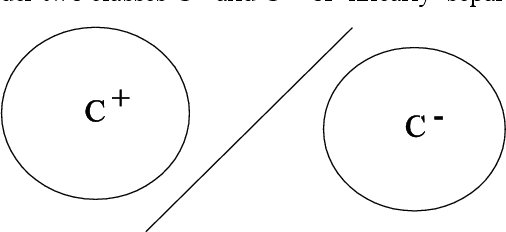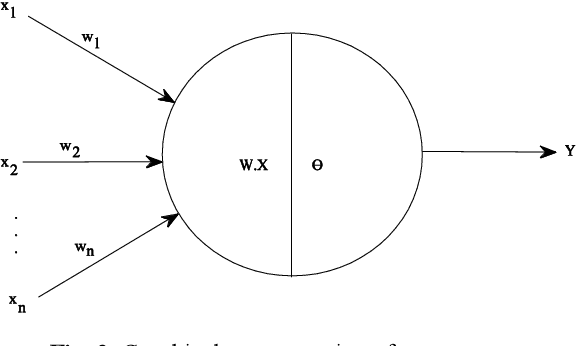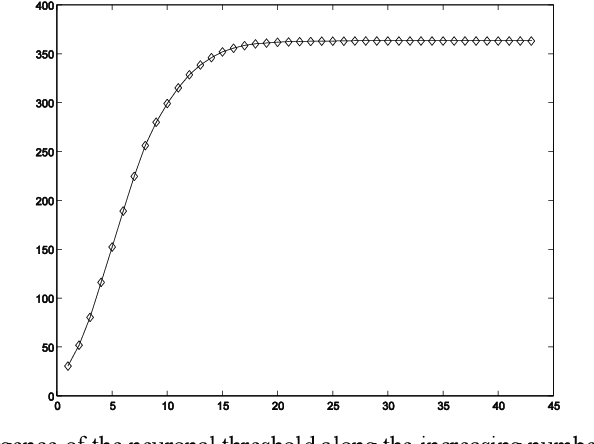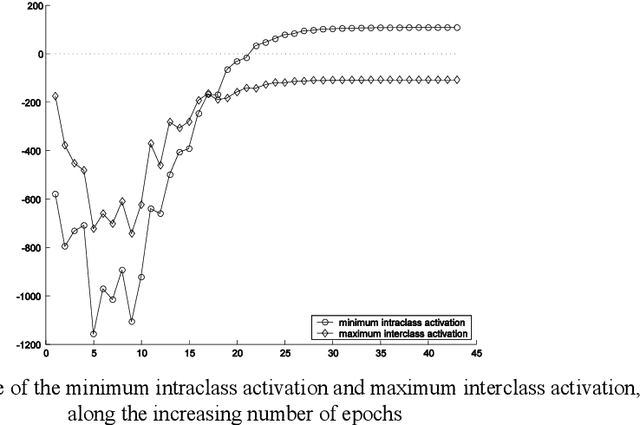Cristina M. Noaica
Examples of Artificial Perceptions in Optical Character Recognition and Iris Recognition
Sep 27, 2012



Abstract:This paper assumes the hypothesis that human learning is perception based, and consequently, the learning process and perceptions should not be represented and investigated independently or modeled in different simulation spaces. In order to keep the analogy between the artificial and human learning, the former is assumed here as being based on the artificial perception. Hence, instead of choosing to apply or develop a Computational Theory of (human) Perceptions, we choose to mirror the human perceptions in a numeric (computational) space as artificial perceptions and to analyze the interdependence between artificial learning and artificial perception in the same numeric space, using one of the simplest tools of Artificial Intelligence and Soft Computing, namely the perceptrons. As practical applications, we choose to work around two examples: Optical Character Recognition and Iris Recognition. In both cases a simple Turing test shows that artificial perceptions of the difference between two characters and between two irides are fuzzy, whereas the corresponding human perceptions are, in fact, crisp.
Noise Influence on the Fuzzy-Linguistic Partitioning of Iris Code Space
Sep 27, 2012



Abstract:This paper analyses the set of iris codes stored or used in an iris recognition system as an f-granular space. The f-granulation is given by identifying in the iris code space the extensions of the fuzzy concepts wolves, goats, lambs and sheep (previously introduced by Doddington as 'animals' of the biometric menagerie) - which together form a partitioning of the iris code space. The main question here is how objective (stable / stationary) this partitioning is when the iris segments are subject to noisy acquisition. In order to prove that the f-granulation of iris code space with respect to the fuzzy concepts that define the biometric menagerie is unstable in noisy conditions (is sensitive to noise), three types of noise (localvar, motion blur, salt and pepper) have been alternatively added to the iris segments extracted from University of Bath Iris Image Database. The results of 180 exhaustive (all-to-all) iris recognition tests are presented and commented here.
 Add to Chrome
Add to Chrome Add to Firefox
Add to Firefox Add to Edge
Add to Edge